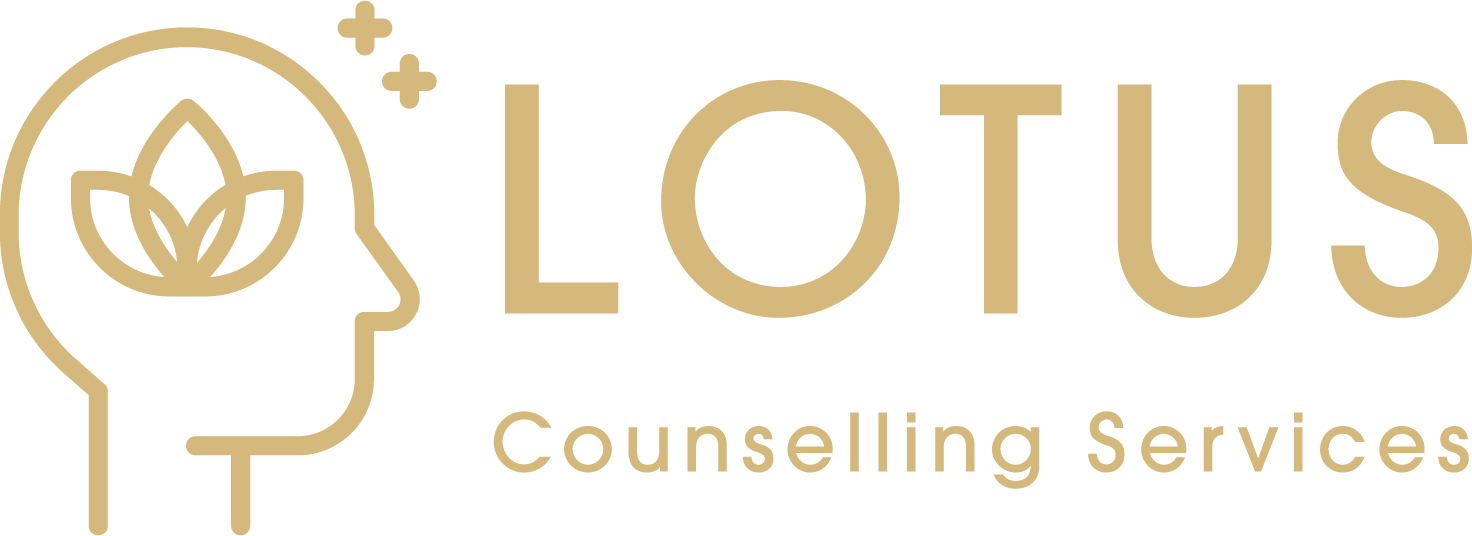
Exposure & Response Prevention Therapy (ERP)
Exposure & Response Prevention Therapy (ERP) is a behavioural therapy designed for people living with OCD, client's are supported to practice gradual exposures to feared situations that provoke anxiety while helping to reduce and prevent compulsive responses.
Exposure and Response Prevention (ERP) has the strongest evidence supporting its use in the treatment of Obsessive Compulsive Disorder (OCD). Generally, clients will attend sessions 1-2 times per week and begin building up an independent home practice. Sometimes we extend sessions to 90 minutes during exposure practice. Overtime, we gradually reduce the frequency of in session practice and encourage you to take the new learning into everyday life.
The ‘exposure’ in ERP is quite literal, meaning over time you will purposefully be exposing yourself to the thoughts, objects, and situations that make you feel anxious. The ‘response prevention’ entails making changes, reducing or ideally eliminating the compulsive behaviour you do in response to the anxiety trigger (exposure). Doing this in a therapeutic manner will allow for the process of habituation (which is a fancy way of saying 'getting used to') to take place. This may sound terrifying or even hard to believe. You have likely worked very hard to avoid the things that make you anxious and trigger the OCD cycle, in fact you may notice a strong urge to close this website right now but please, stay with me here so I can illustrate this process through an example.
Imagine watching the scariest movie you have ever seen and because it’s very important for you to be able to watch this movie without feeling so scared, you agreed that you would watch it 3 times a day, every day, for at least two weeks (so 42 times).
What do you predict will happen each time you watch?
Do you think your fear will be different the 3rd time compared to the 20th?
What new things might eventually happen as you re-watch the movie?
You may be starting to pick up what I'm putting down - that is over time and with frequent exposure to something really scary, it will be less distressing the more you do it.
-
Alongside therapy, we use symptom monitoring tools designed to ensure therapy is heading in the right direction. The Y-BOCS, a 10-item scale, has become the most widely used rating scale for OCD. The Y-BOCS is designed to rate symptom severity, not to establish a diagnosis.
We will complete the Y-BOCS symptoms checklist at your first appointment and review it together to establish a starting point. We will repeat this scale several times throughout treatment to monitor your symptoms and how they are responding to the treatment.
Medications may be a helpful part of your treatment, we will encourage you to connect with your family physician or psychiatrist to have this conversation as we do not prescribe medication here at Lotus.
-
OCD is commonly treated through behavioural therapy and/or a class of medications called SSRI (Select Serotonin Re-uptake Inhibitors). It is important to consider both the biological and learned aspects of the disorder in order for treatment to be successful.
Everyone’s treatment journey is unique. While some people are able to reach their treatment goals from therapy, others will benefit from starting medications. Some people find that medication allows them to be able to participate more effectively in therapy. The research suggests that about 70% of people will benefit from therapy and/or medication for the treatment of OCD.






